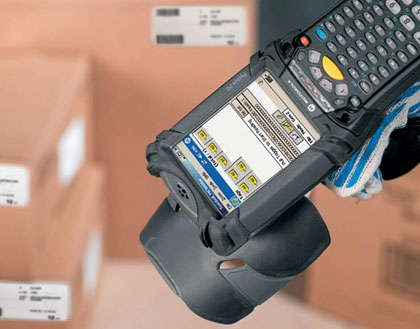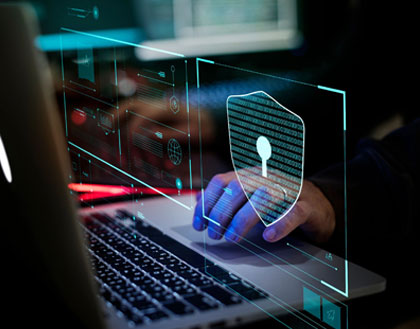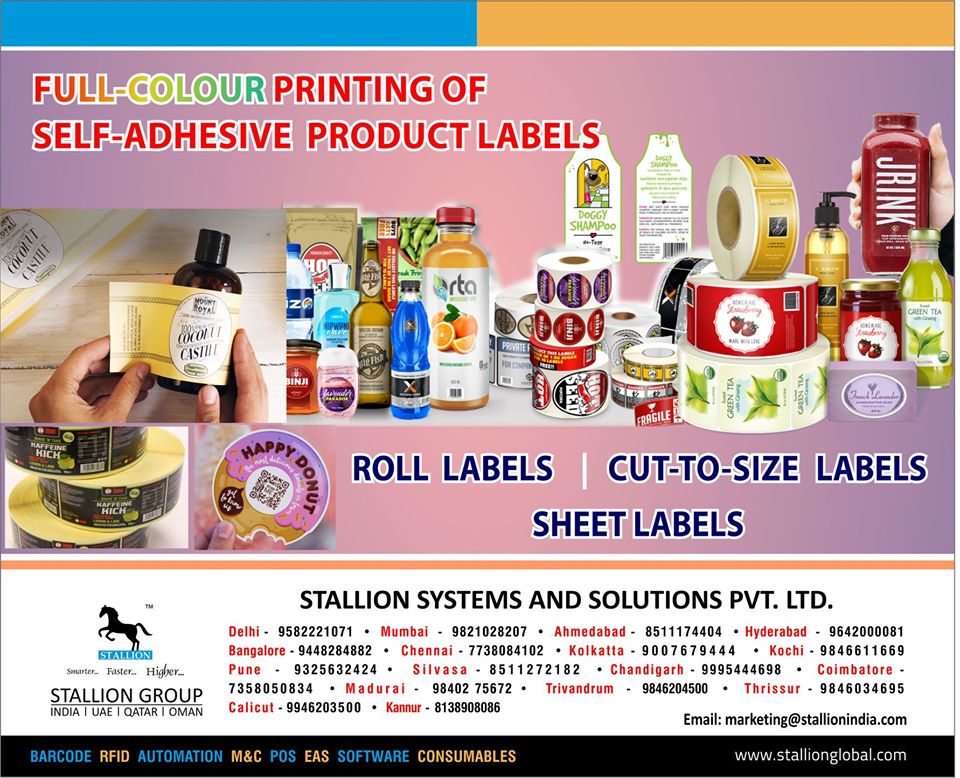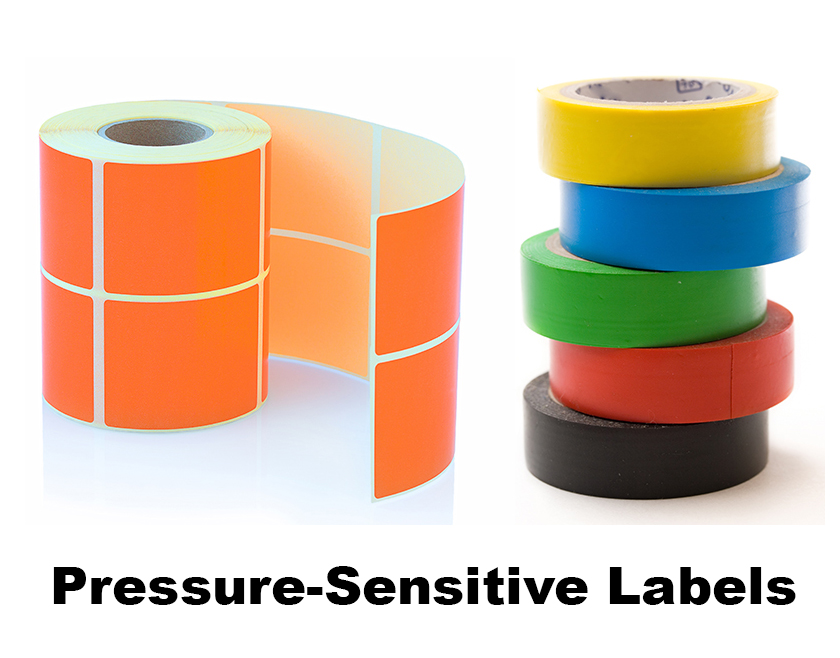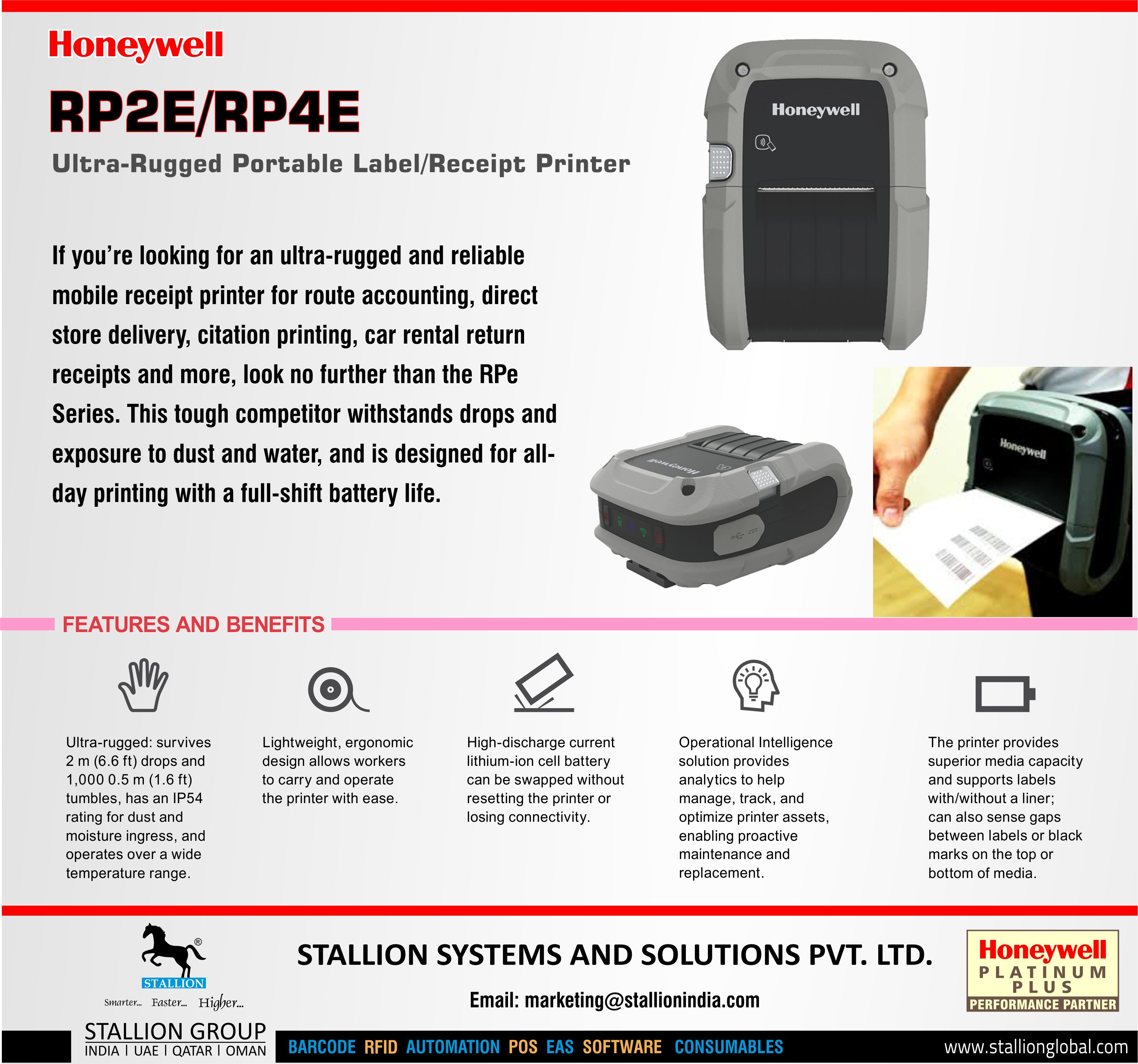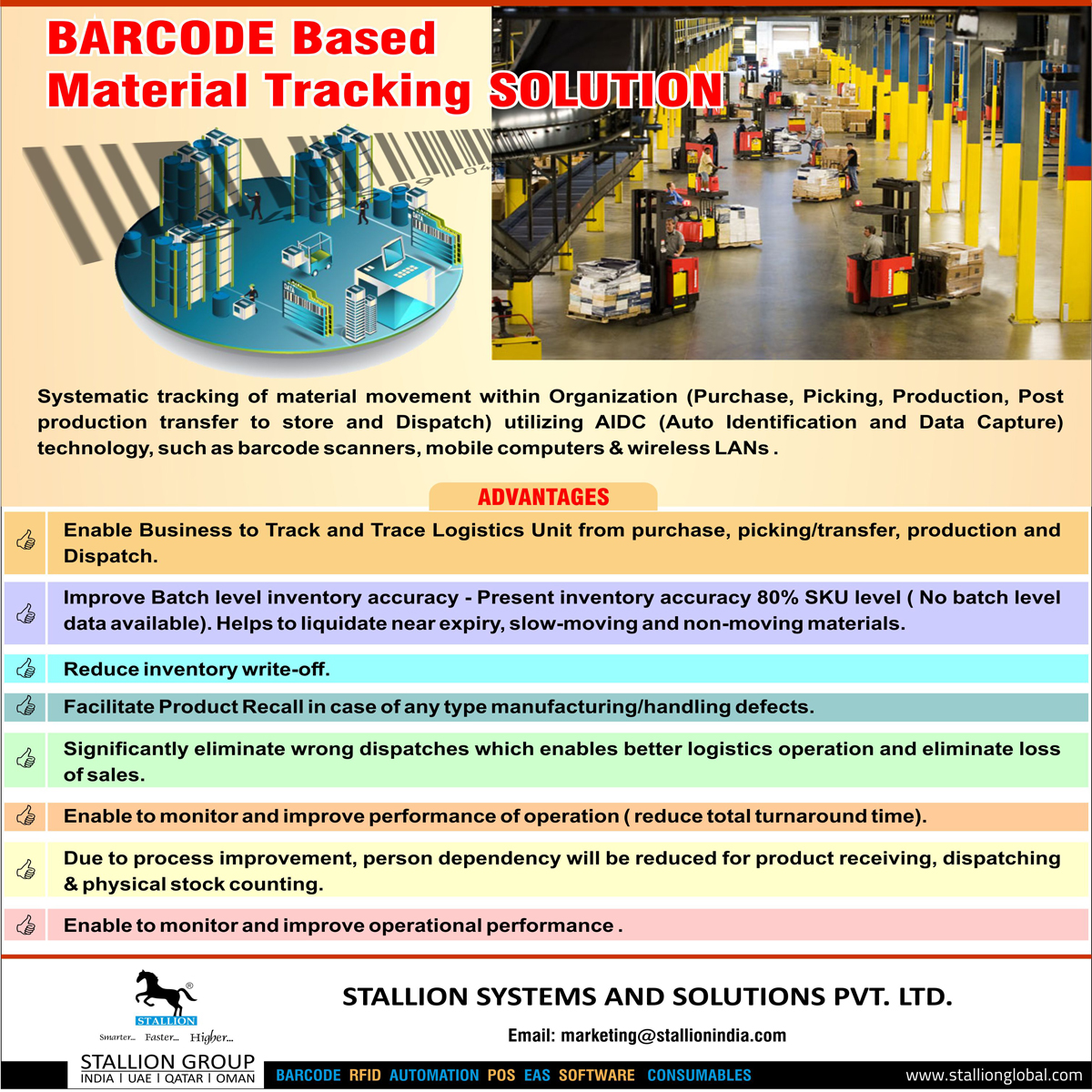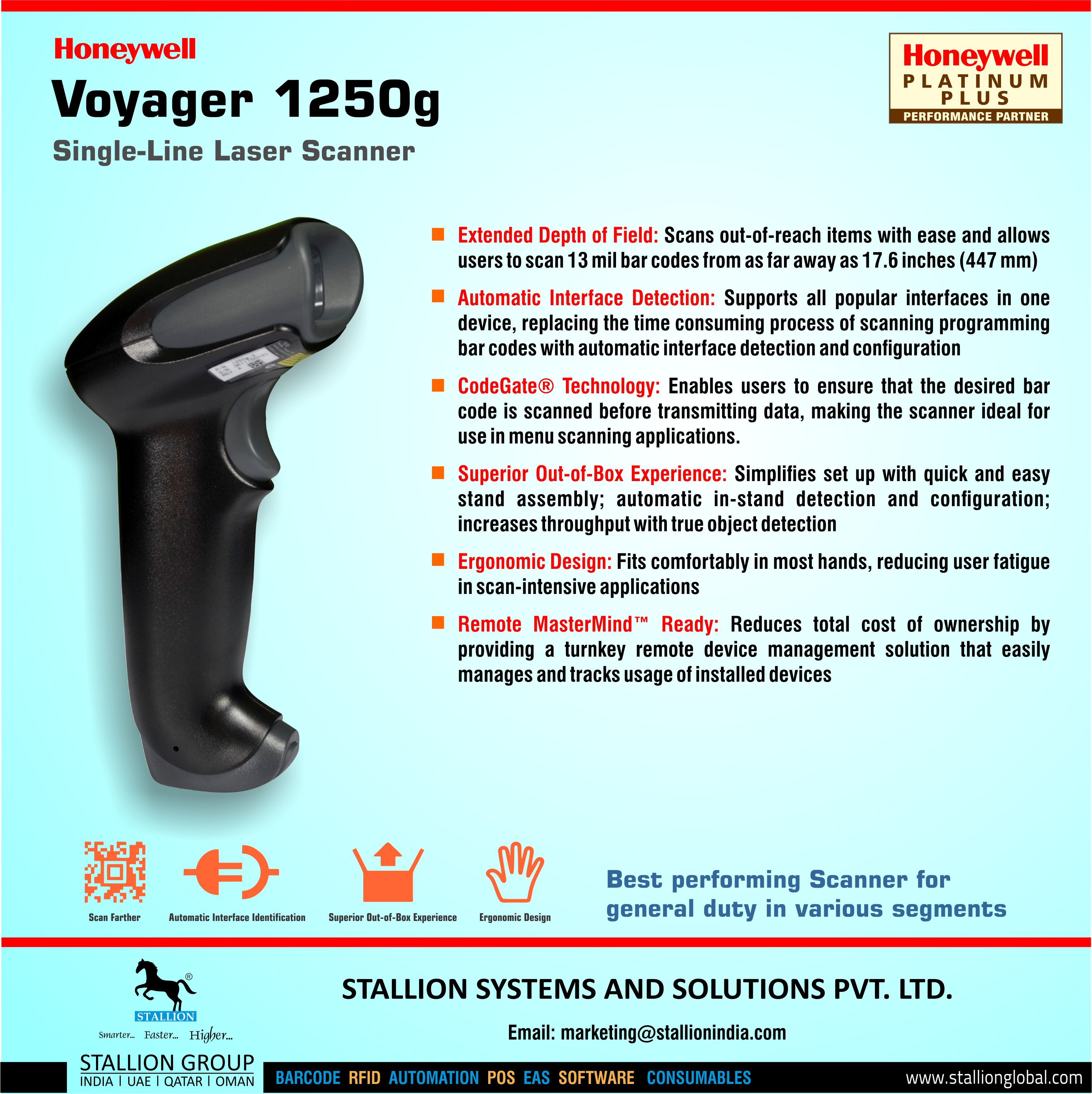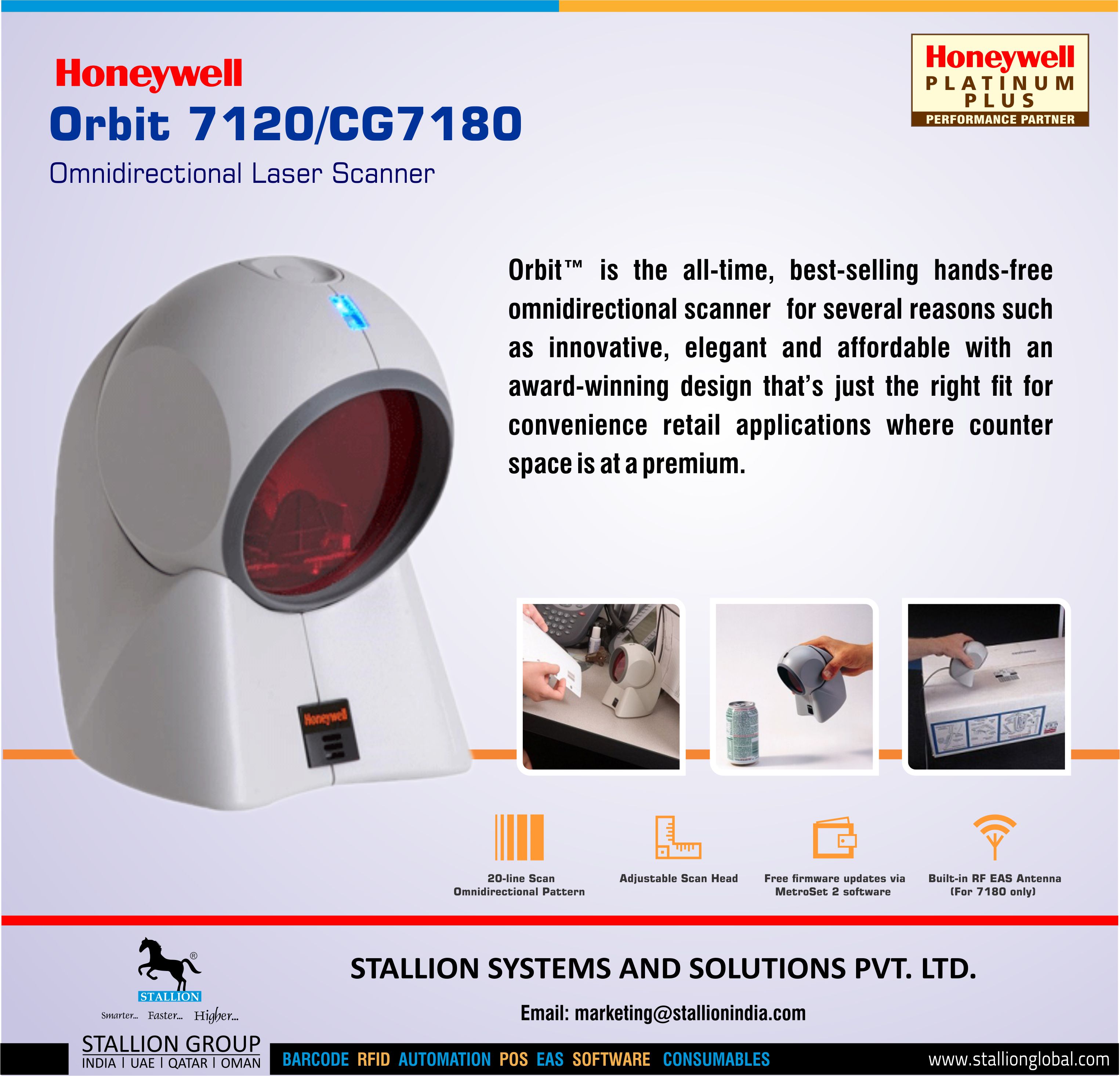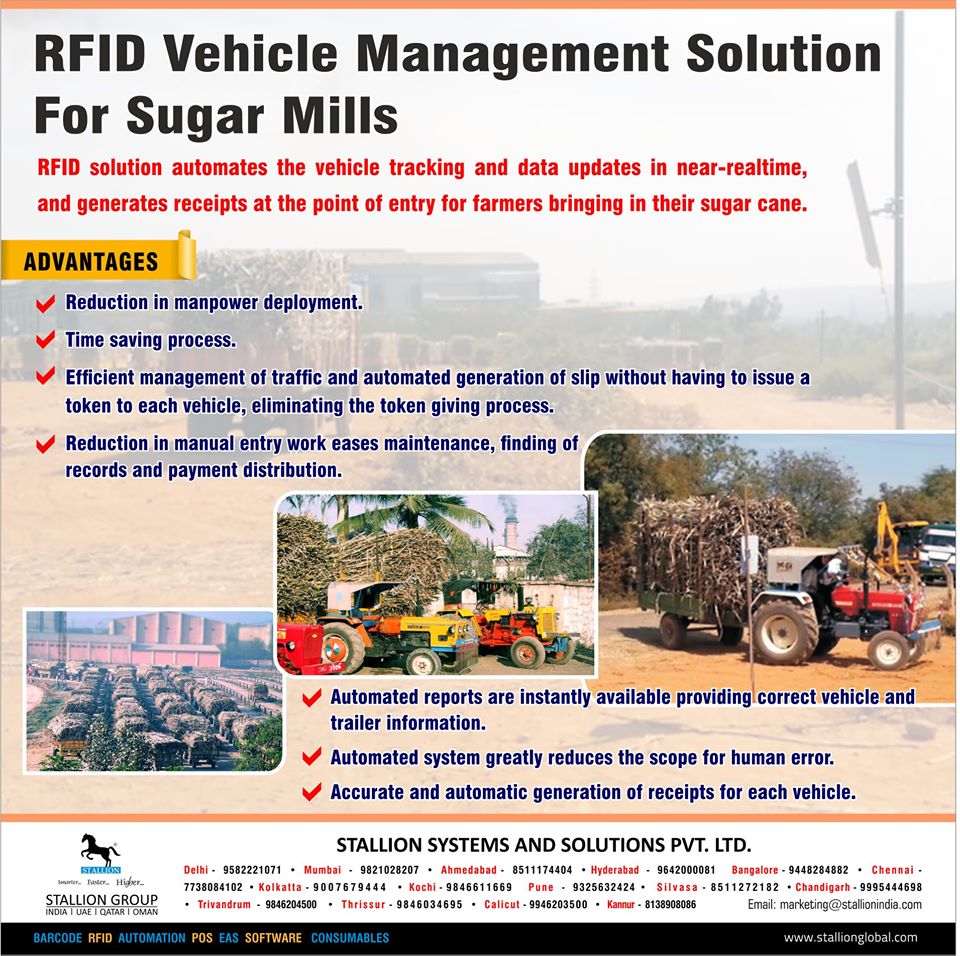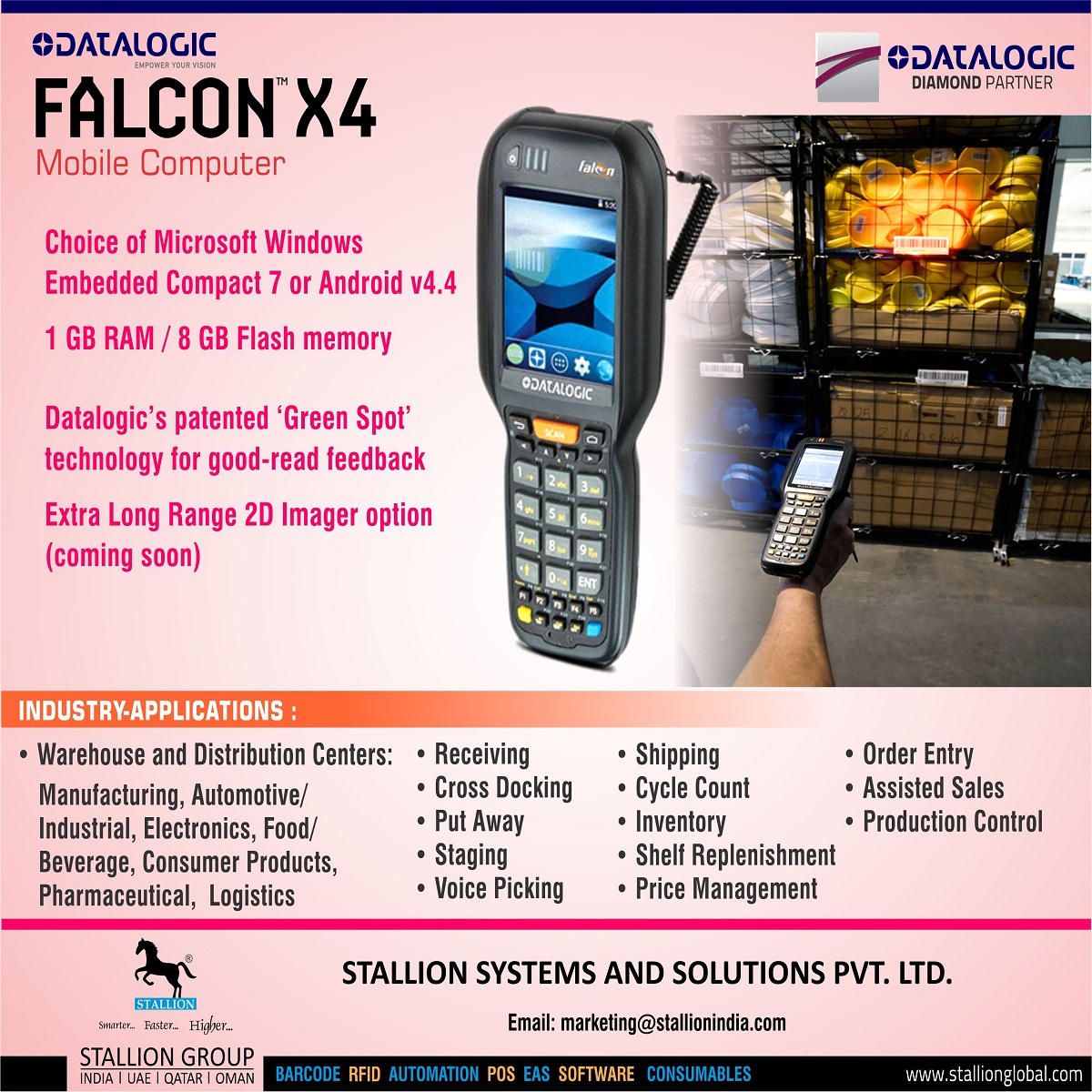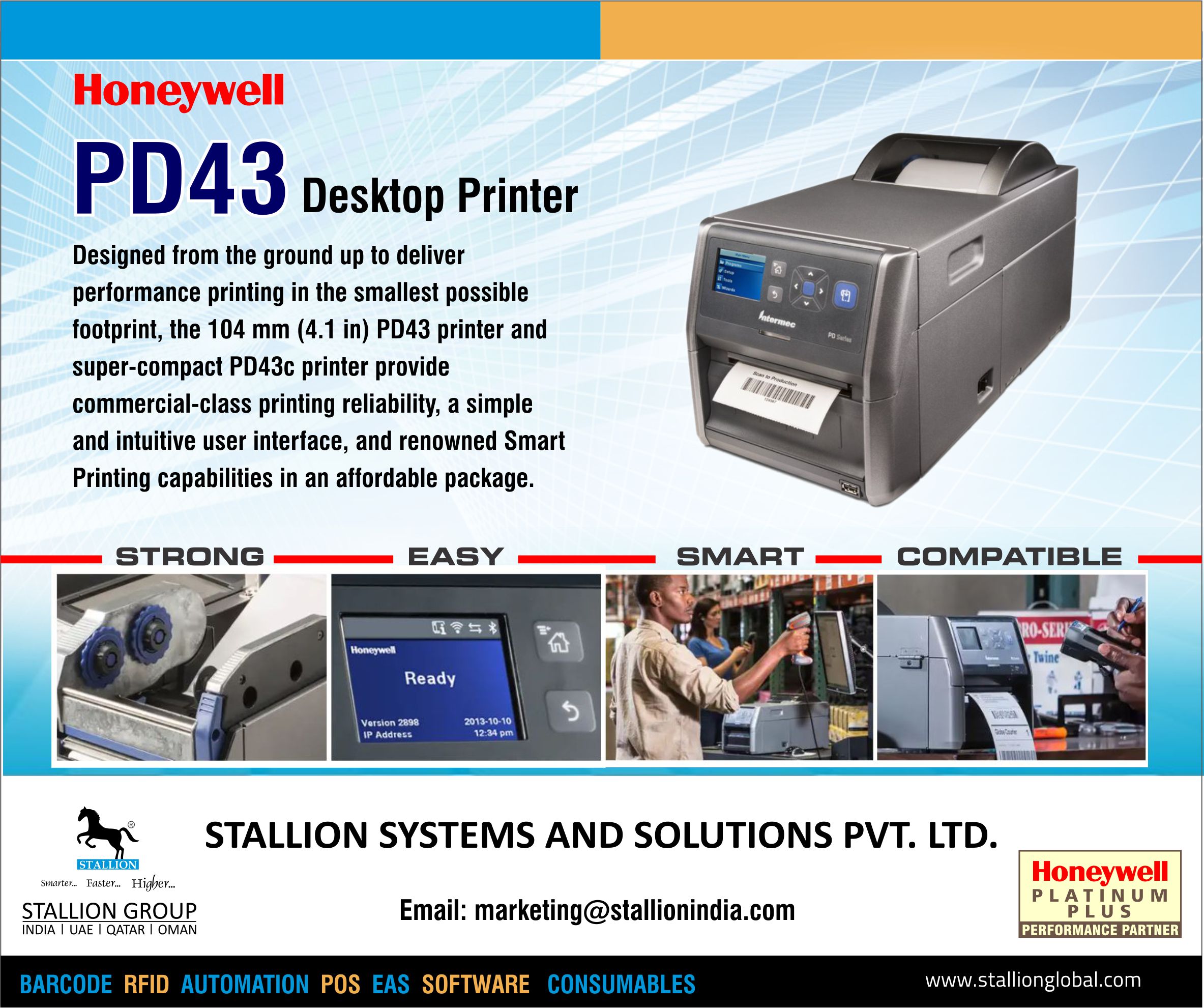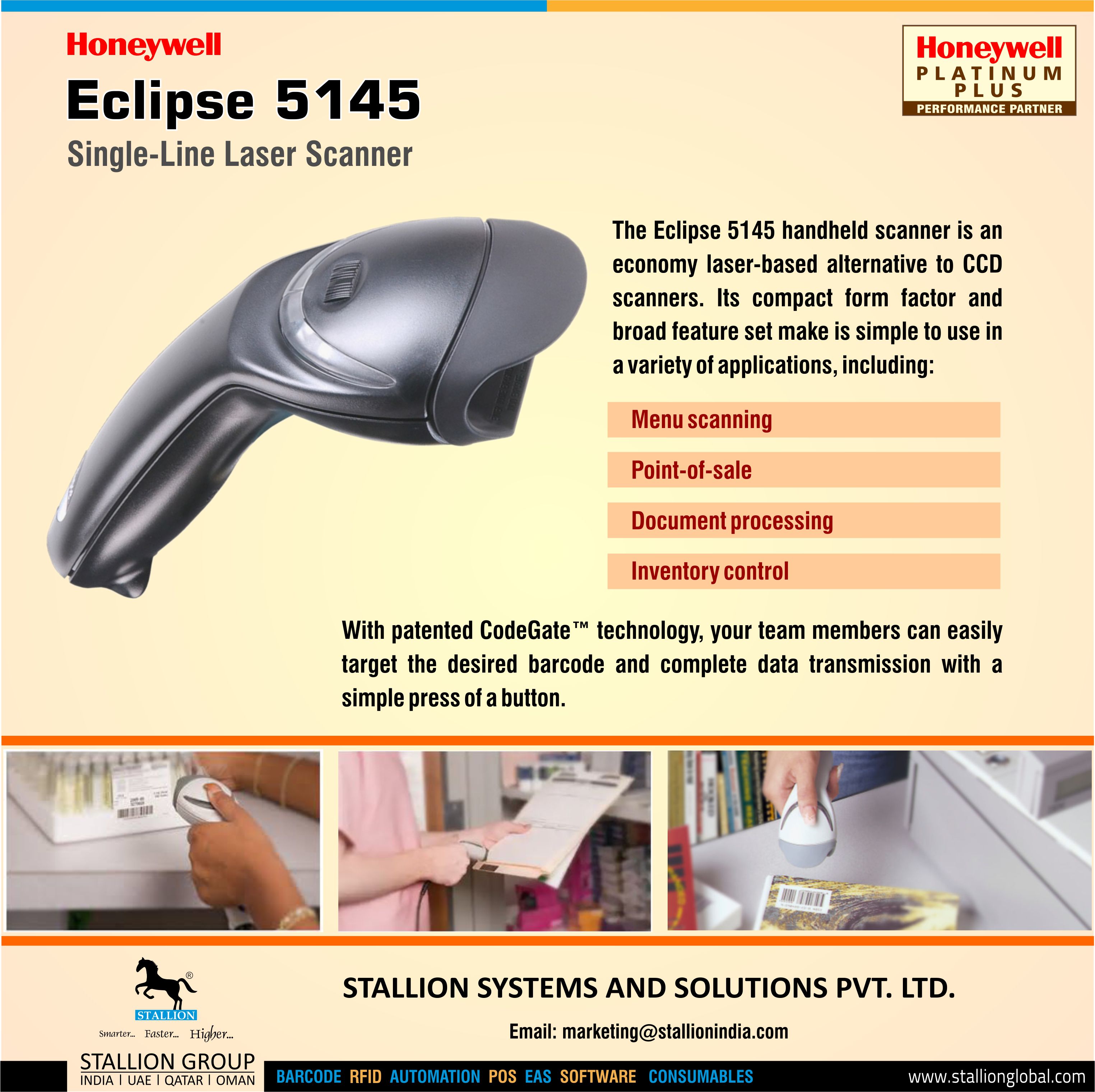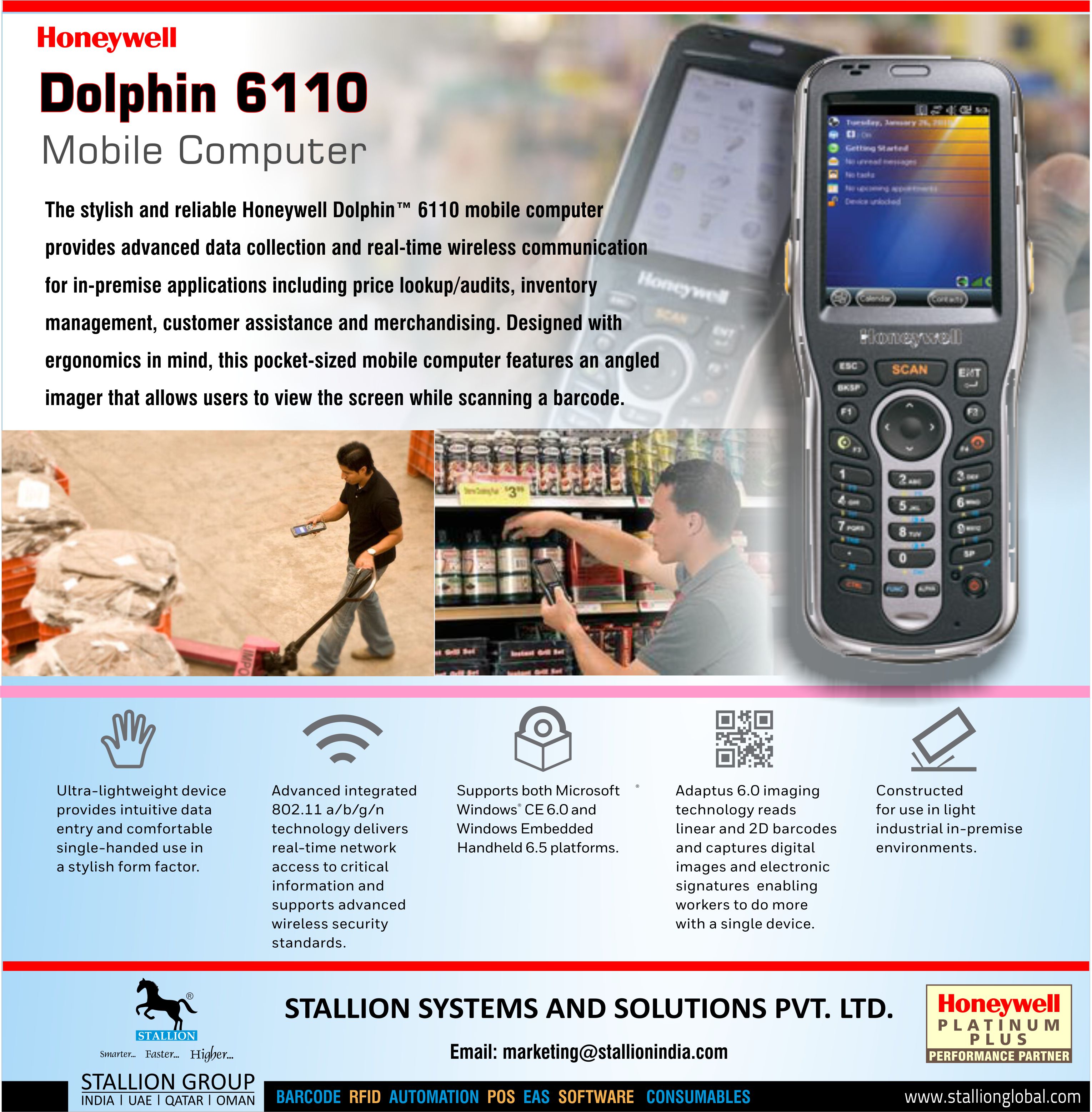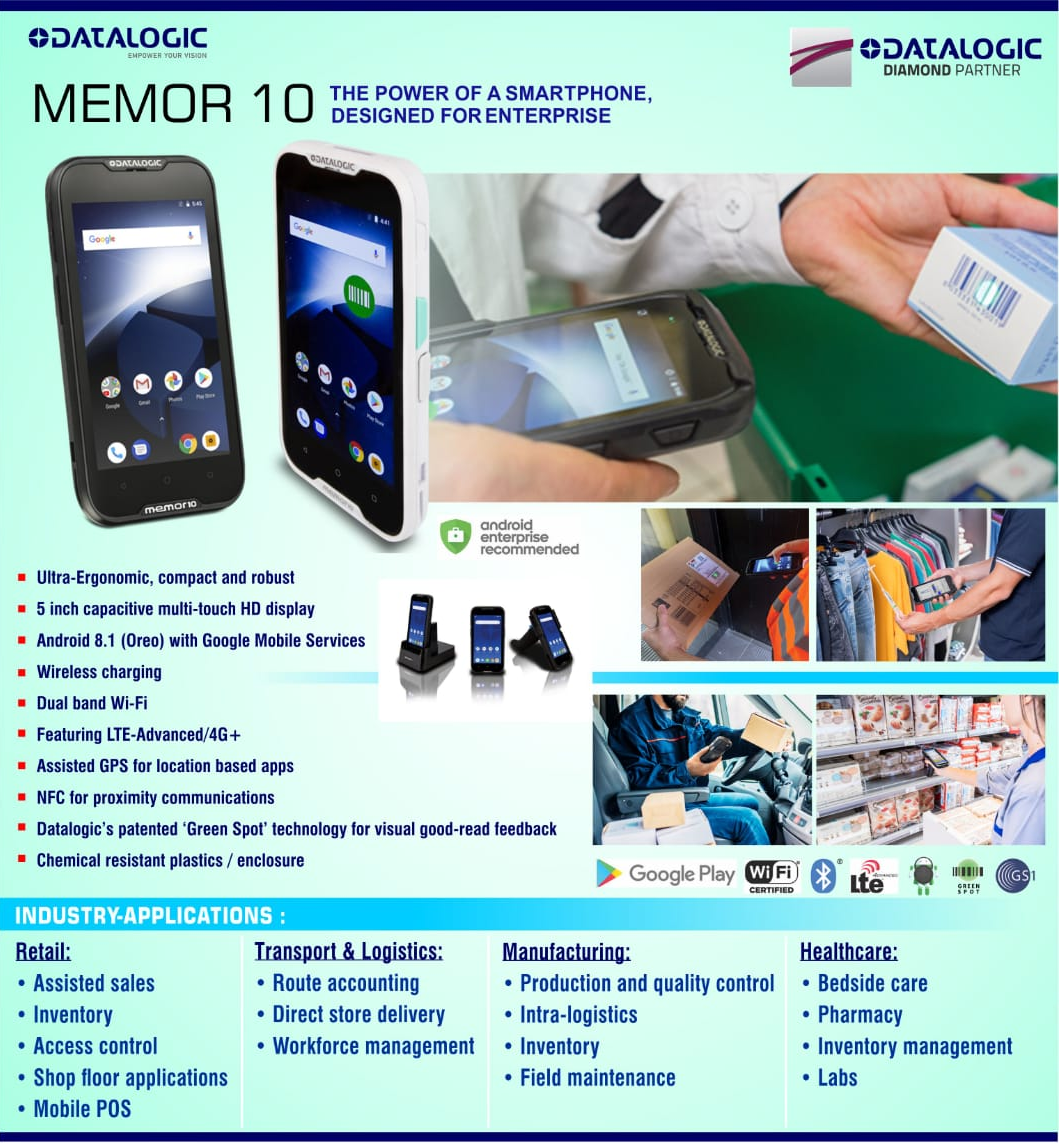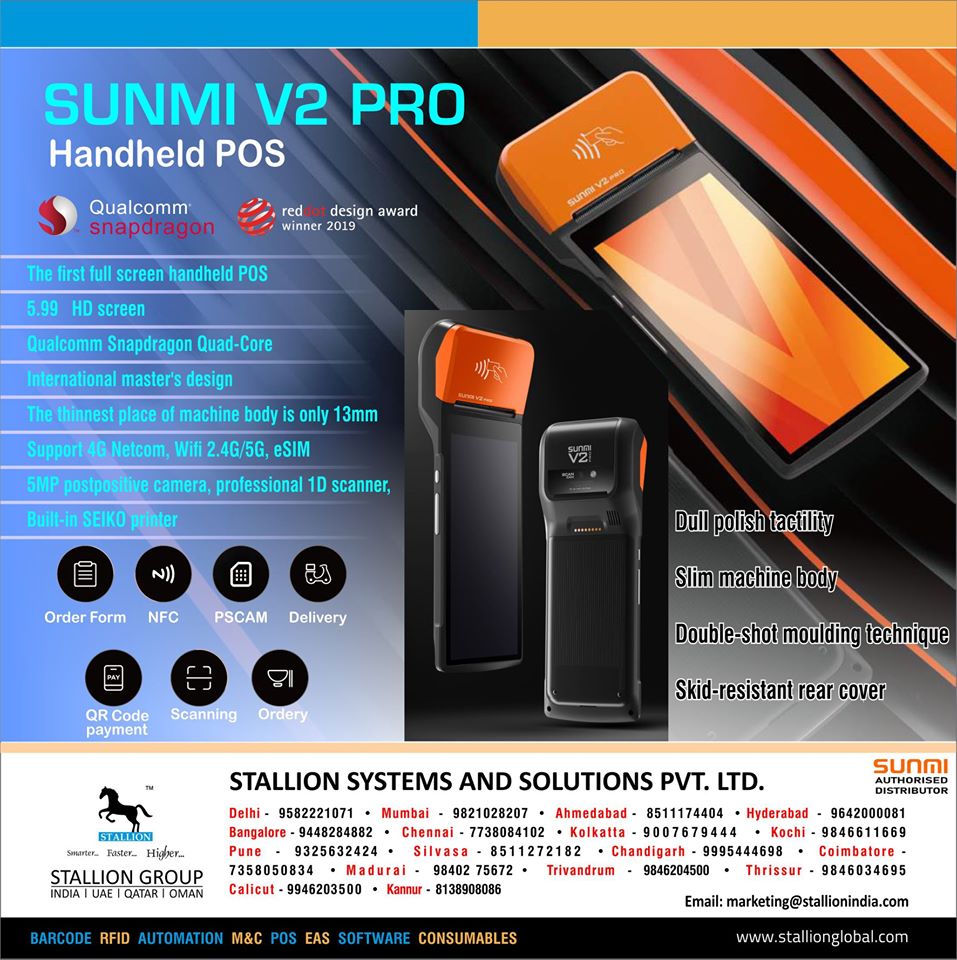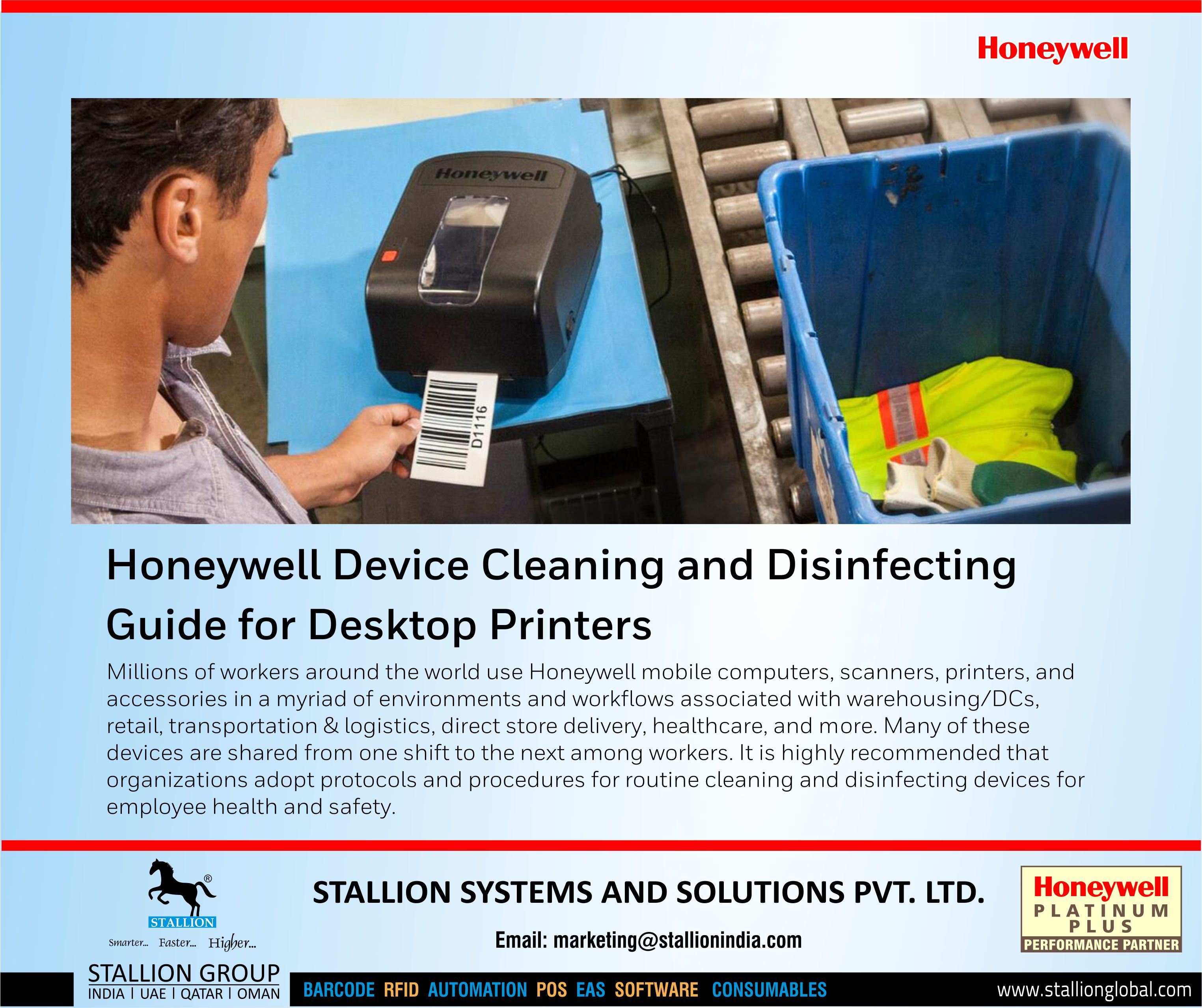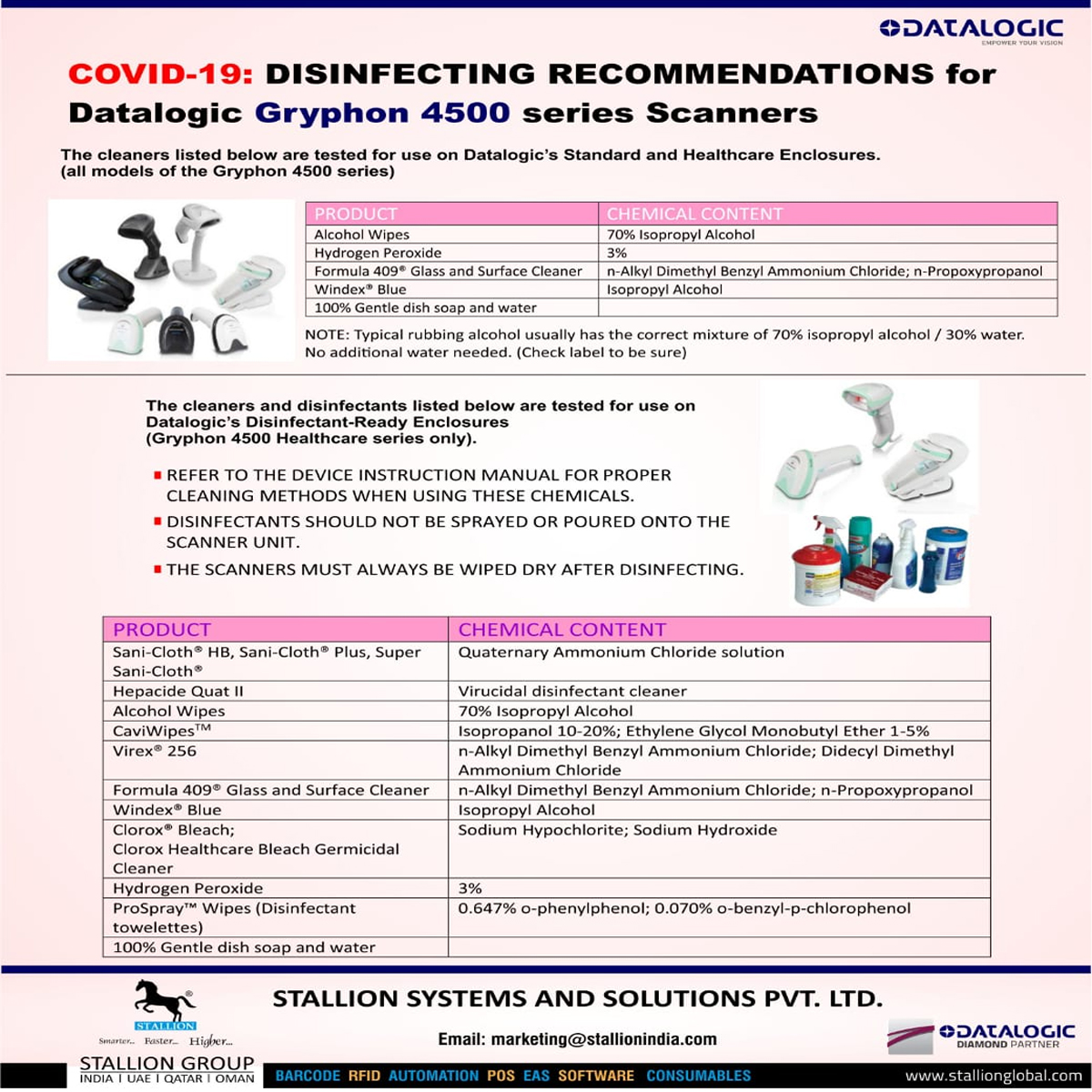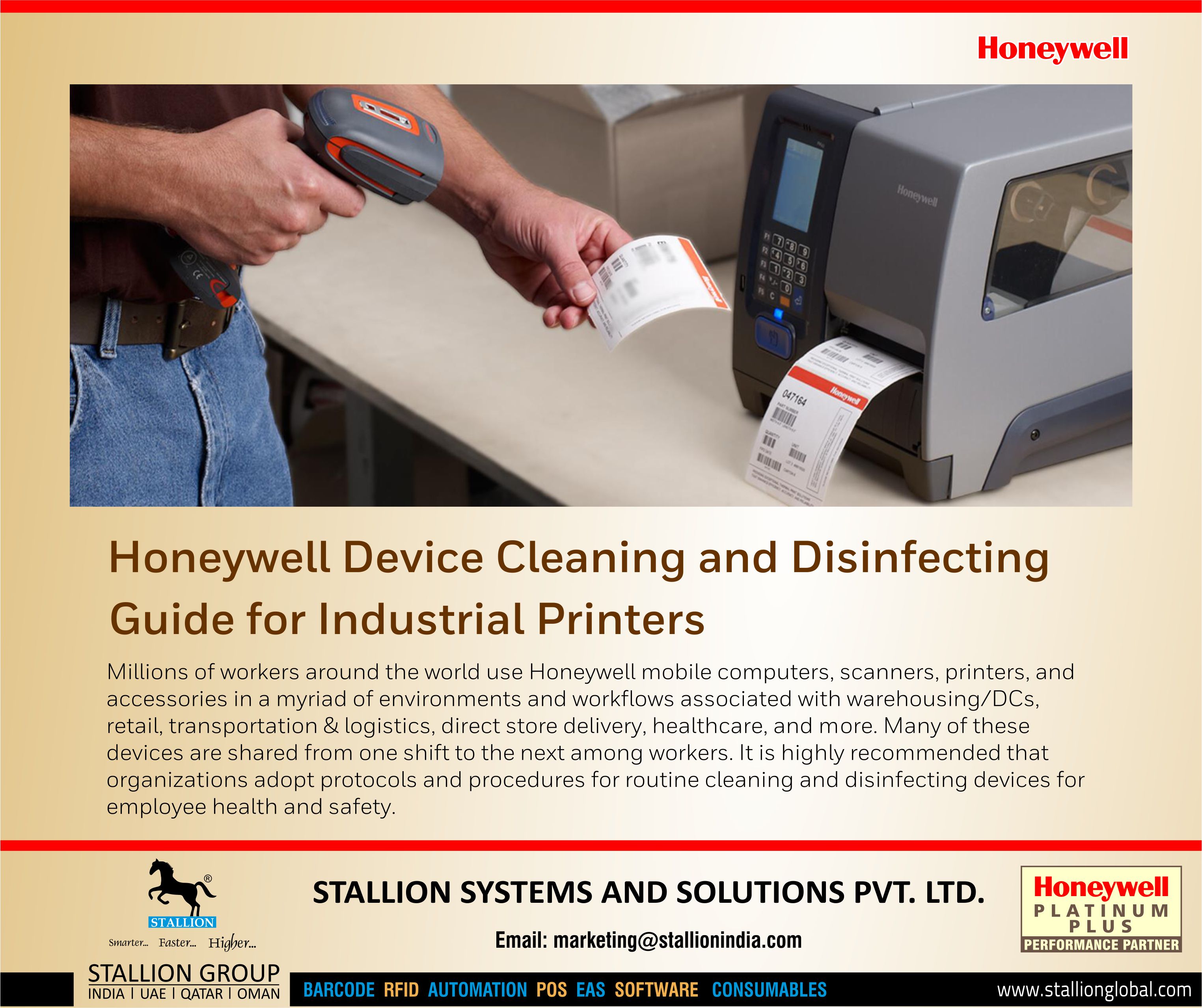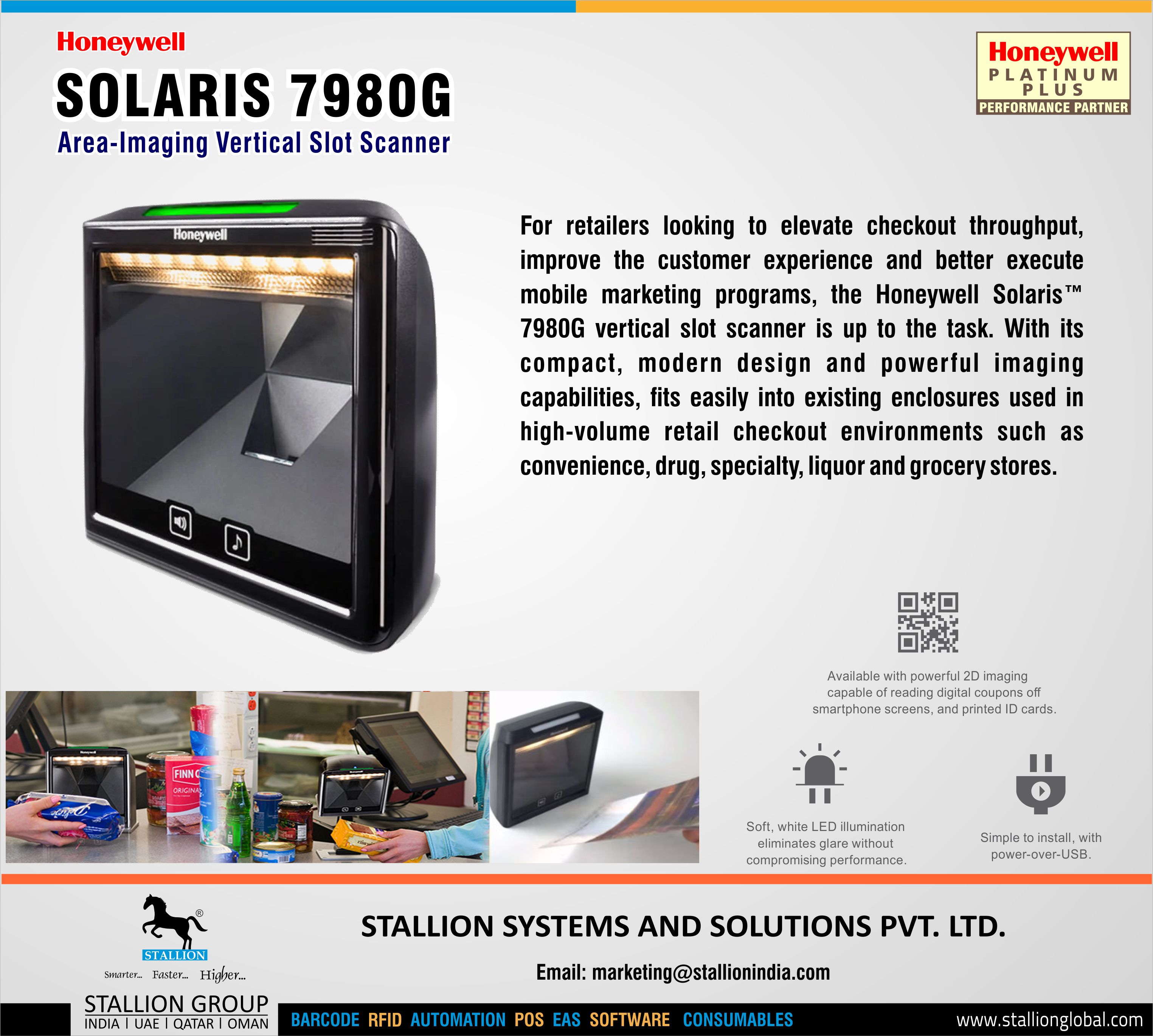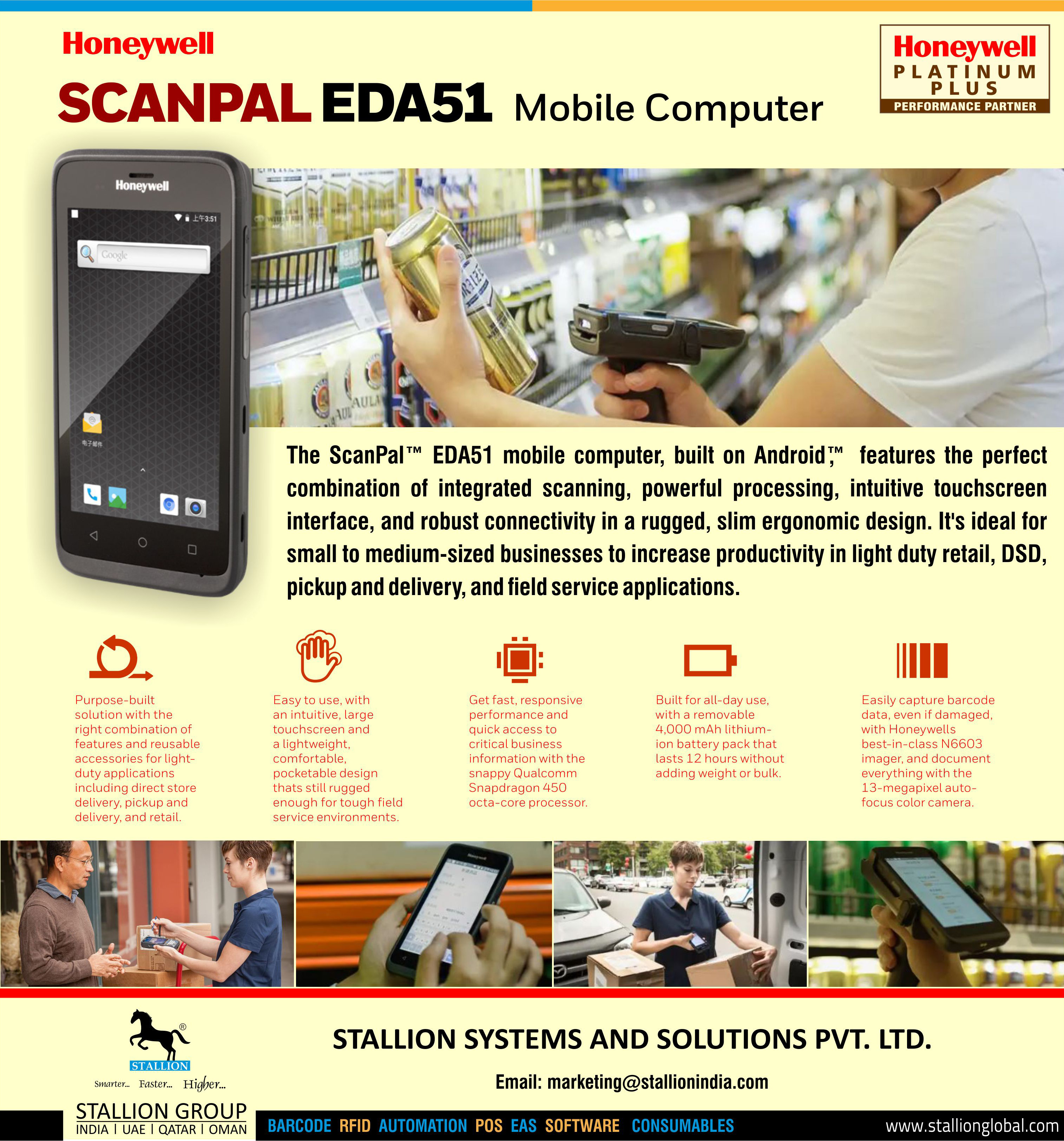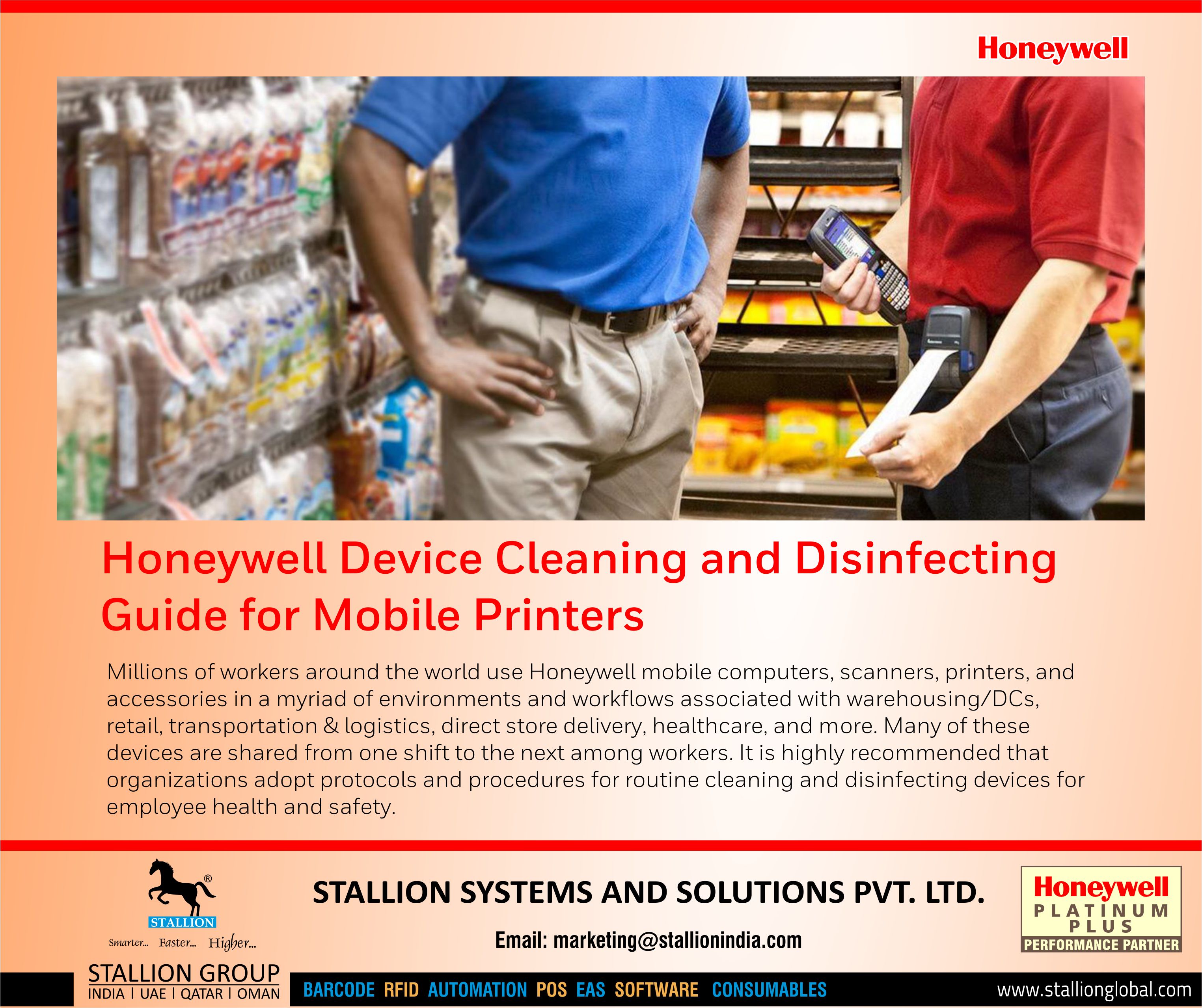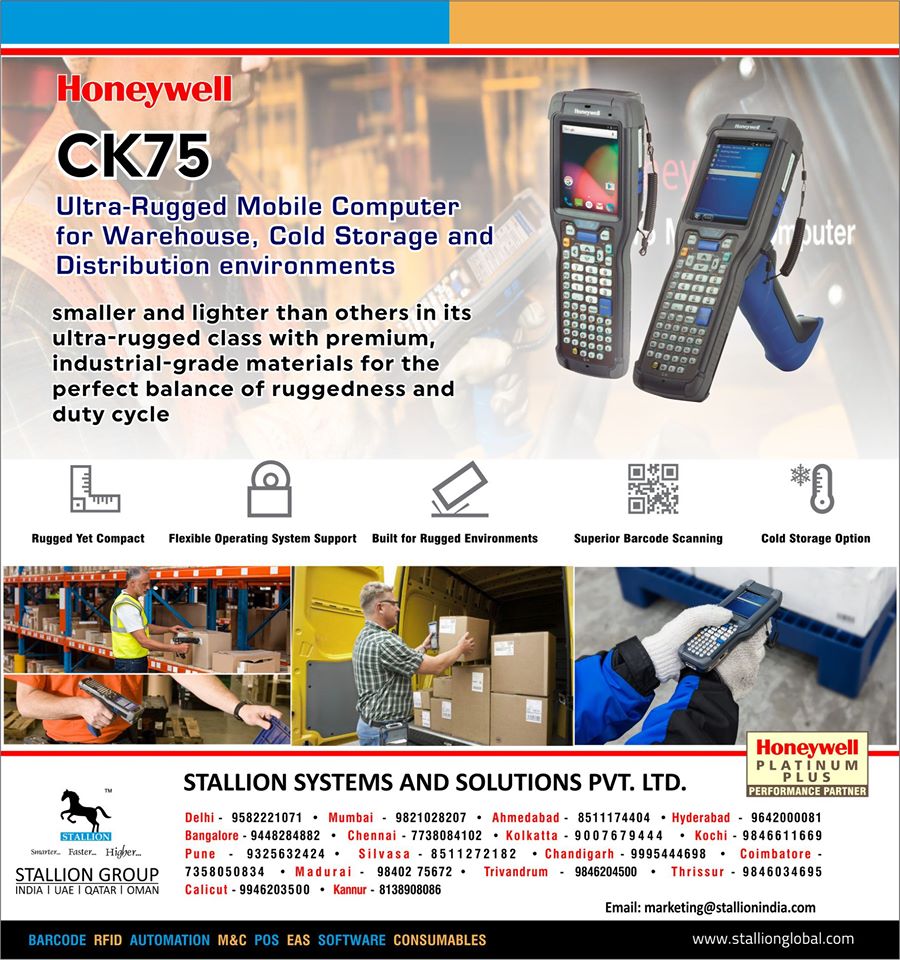Radio Frequency Identification-RFID Features
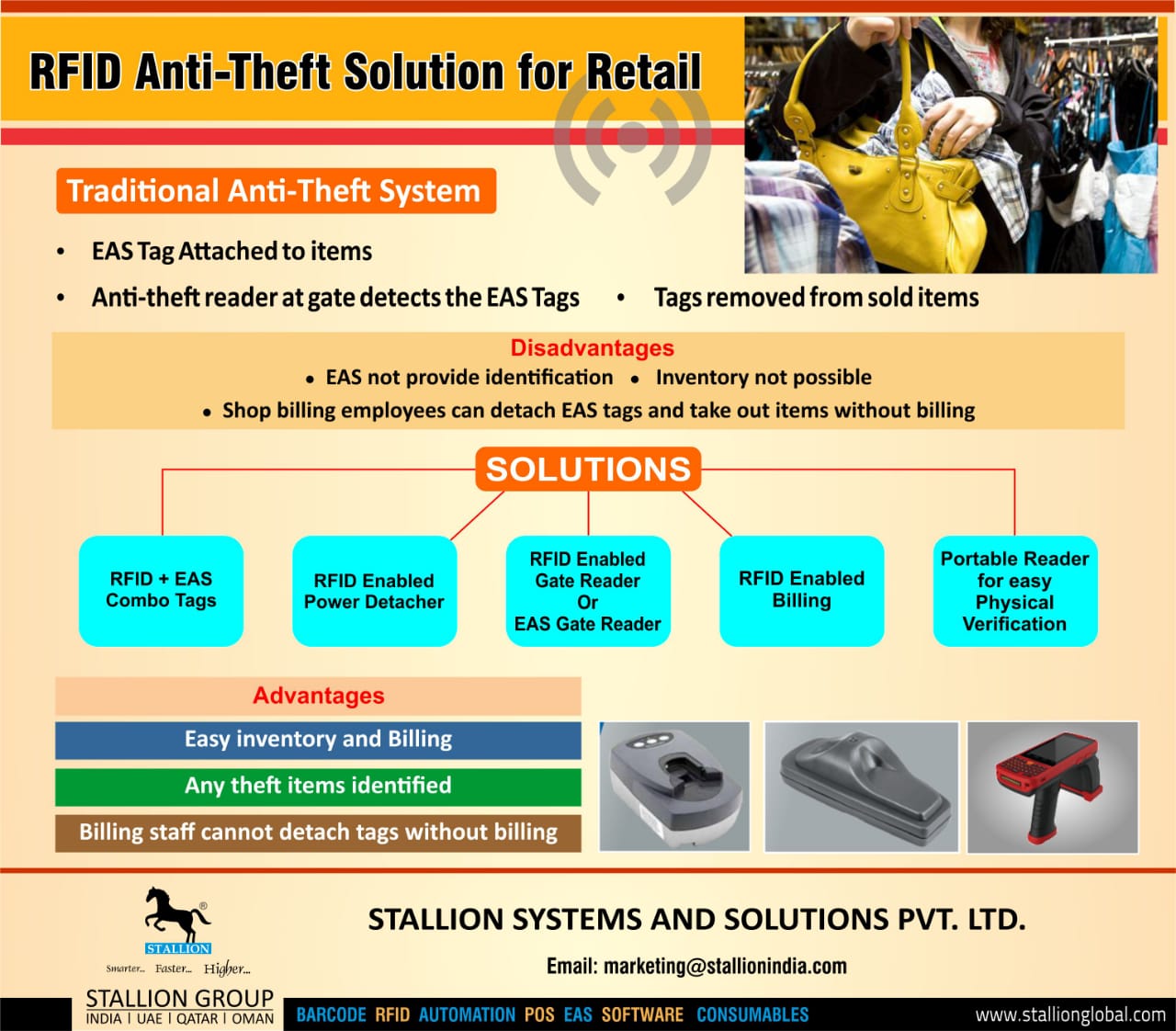
♦ Anti-Theft Shop Solutions help the retailers in curbing the activities of theft or shoplifting in a retail store or outlet. In this solution, Electronic Article Surveillance (EAS) security system is used to stop shoplifting. In EAS security system, it includes antennas which are installed at the front of the store and EAS tags to be placed on the product.
♦ Retail Anti-theft system, in light of Radio-Frequency (RFID) innovation. As indicated by investigation pilferage, shoplifting and stock shrinkage right now represent 1 to 2.5% income misfortune in enormous organization stores in India. Uber retail chains and enormous store are presently contributing a great deal on EAS frameworks for hostile to shoplifting, resource insurance.
♦ EAS framework can be utilized for attire stores, music stores, general stores, hypermarkets. Gadgets like marks, hard labels, doors, electronic sensors and Electro-mechanical grapples are utilized for counteracting robberies.
RFID Tag Reader Applications
♦ RFID tags come in all different shapes and sizes. They help huge companies manage their shipping and inventory. They keep people safe, they help big data make sense. RFID plays a big role in many peoples’ daily lives. RFID technology is nothing short of amazing. Here are some amazing facts about RFID.
♦ RFID was invented by Harry Stockman in the 1940s for spying purposes during the World War II detect friendly or enemy’s aircraft. It has gained popularity in the 1970s.
♦ The Vatican has been using RFID to keep track of more than 2 million ancient manuscripts and books including the oldest Bible in the Vatican Library since more than a decade ago.
♦ Walmart started tagging their products with RFID tags as early as 2003 to prevent shoplifting and simplify stock and inventory management.
♦ RFID was used at events since 2004. In 2004, SXSW was the first to adopt RFID wristbands for managing the audience and reduce counterfeit. After that, it became mainstream to use wristbands in festivals.
♦ In 2007, McDonald’s in Korea became the first restaurant to introduce an RFID enabled payment system VIA flip phones.
♦ The smallest RFID tag is manufactured by Hitachi and can be attached to a bee. It is 0.1 inches square. Since bees pollinate most of our food, scientists wanted to track bees to know which plants they rely on most for survival. Such tags help scientists learn more about the animal’s habits and environments. Today, a tiny size of the RFID device is injected into animals to track them in case if they ever run away or get stolen. It helps in reuniting pet owners with their lost pets and save lives.
♦ In some areas of the UK, some towns have adopted RFID to track the amount of waste each household throws out each week. The tags are in the garbage and are called “bin bugs”.
♦ The FDA has approved the use of RFID to track blood.
♦ A company called Nutrismart has created edible RFID tags. The idea is to let people see the exact nutritional numbers of what they eat. Literally putting data into the food, you eat.
♦ NASA is currently working on an RFID program to make sure that everything astronauts need in space is with them.
♦ RFID tags are used to find lost golf balls.
♦ Some RFID tags can accurately be read at under -75 degrees Fahrenheit.
♦ Rules and standards for RFID tags are administered by GS1. They’ve also been administering barcode numbers for years.
♦ Embedded RFID sensors will likely be an integral part of driverless cars.
♦ Passive RFID tags has a reading distance of about 300 feet away from the RFID reader.









